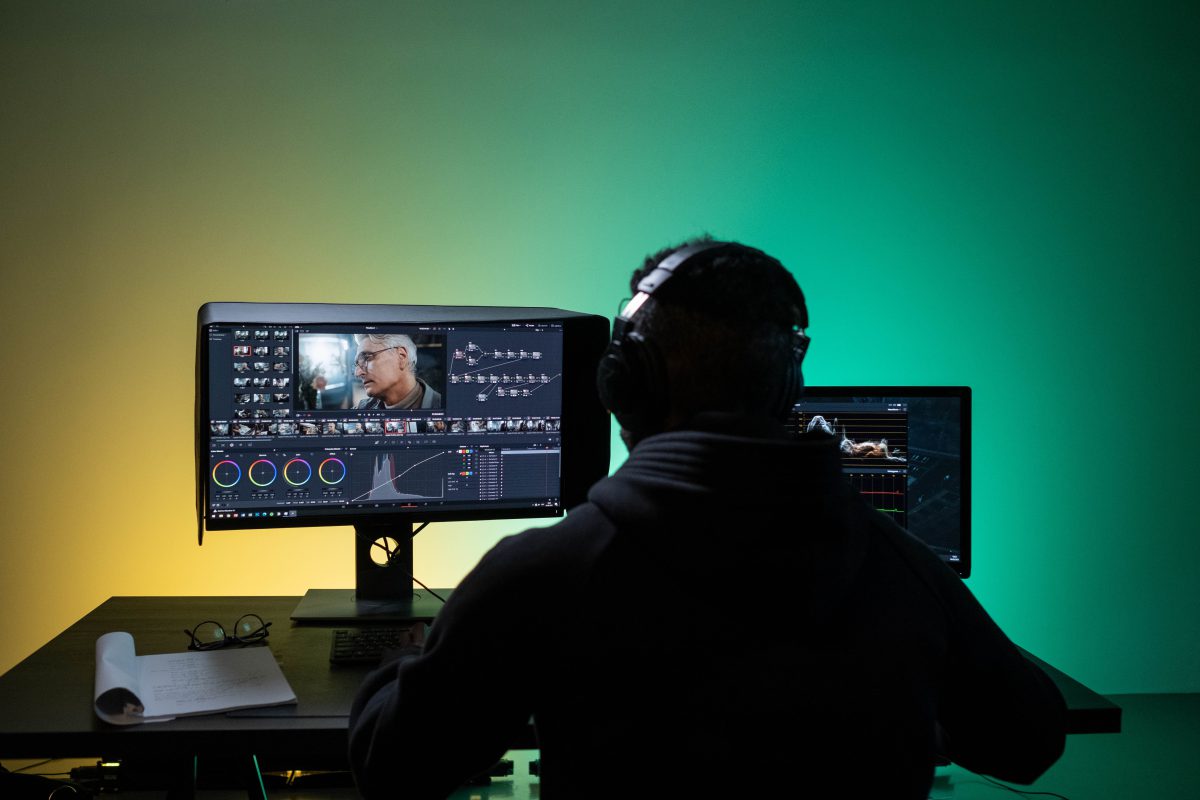Video Post-Production: 7 Ways to Classify Videos Based on Processes You Might Not Know!

Overall, the world of video is undergoing a dramatic revolution, not only in filming but also in the sophistication and creativity of post-production. Categorizing videos by post-production is an important step in understanding how each type of video is created and transformed by the talented hands of video editors.
Post-production is the final stage in the video production process, where clips are cut, edited, and enhanced with visual and sound effects to create a finished work.

Depending on the post-production process and techniques, videos can be classified into the following types:
1. Filming and Editing: In the contemporary video world, the most popular type of video is none other than filming and editing. This process involves creating living masterpieces, where the footage is first recorded and then, with passion and professionalism, transformed into a finished work. Video filming and editing is not only a means of communication but also a powerful platform for various purposes, from capturing unique events to branding or vibrant entertainment.
2. Scripted and Edited Video: If filming and editing are about spontaneity and free creative space, scripted and edited videos bring effort and technique. This is often the perfect combination of a pre-written script and refined editing talent. Consistency in content and appearance ensures that each shoot, from film production to commercials and music videos, has its own charisma and professionalism.
3. Video Graphics and Editing: Great challenges and opportunities are opening up with video graphics and editing. Combining graphics, special effects, and editing techniques, these works are not just ordinary videos but moving films that resemble works of art. From education, entertainment to advertising, everything becomes more vivid and creative than ever.
4. 3D Video and Editing: With the explosion of 3D technology, video is not just about shooting and editing but also an exciting adventure into the virtual world. 3D video and editing deliver engaging experiences, from game videos to unique product advertisements, immersing viewers in virtual reality.
5. Simultaneous Video and Editing: The same event, the same moment but from different angles; this kind of simultaneous video and editing creates a unique feeling of integrity and consensus. From talk shows to event videos, these works embody diversity and richness.
6. Video Podcast and Editing: Creativity never stops, and this type of podcasting and video editing is proof. Converting content from a podcast to a video format is not only a way to expand your audience but also an opportunity to add creative visual effects. Podcast video and editing become a multi-dimensional medium, providing the ultimate fan experience.
7. Video Simulation and Editing: Ultimately, this type of video takes us into a world of simulation and virtual reality. Using simulation techniques, this video becomes a useful tool for training and entertainment, bridging the real world and the virtual world, opening up new spaces for creativity and learning.
Each type of video has its own characteristics, advantages, and disadvantages, suitable for different purposes. Choosing the right type of video depends on many factors, including the purpose of video production, the target audience, and the production budget.
Understanding the types of videos and the advantages and disadvantages of each type will help video producers choose the appropriate production plan, ensuring the creation of quality works and meeting the needs of the audience.
In addition, with the development of technology, post-production techniques are increasingly improving, opening up many new creative possibilities for filmmakers. In the future, many new types of videos may appear with different characteristics, advantages, and disadvantages.





